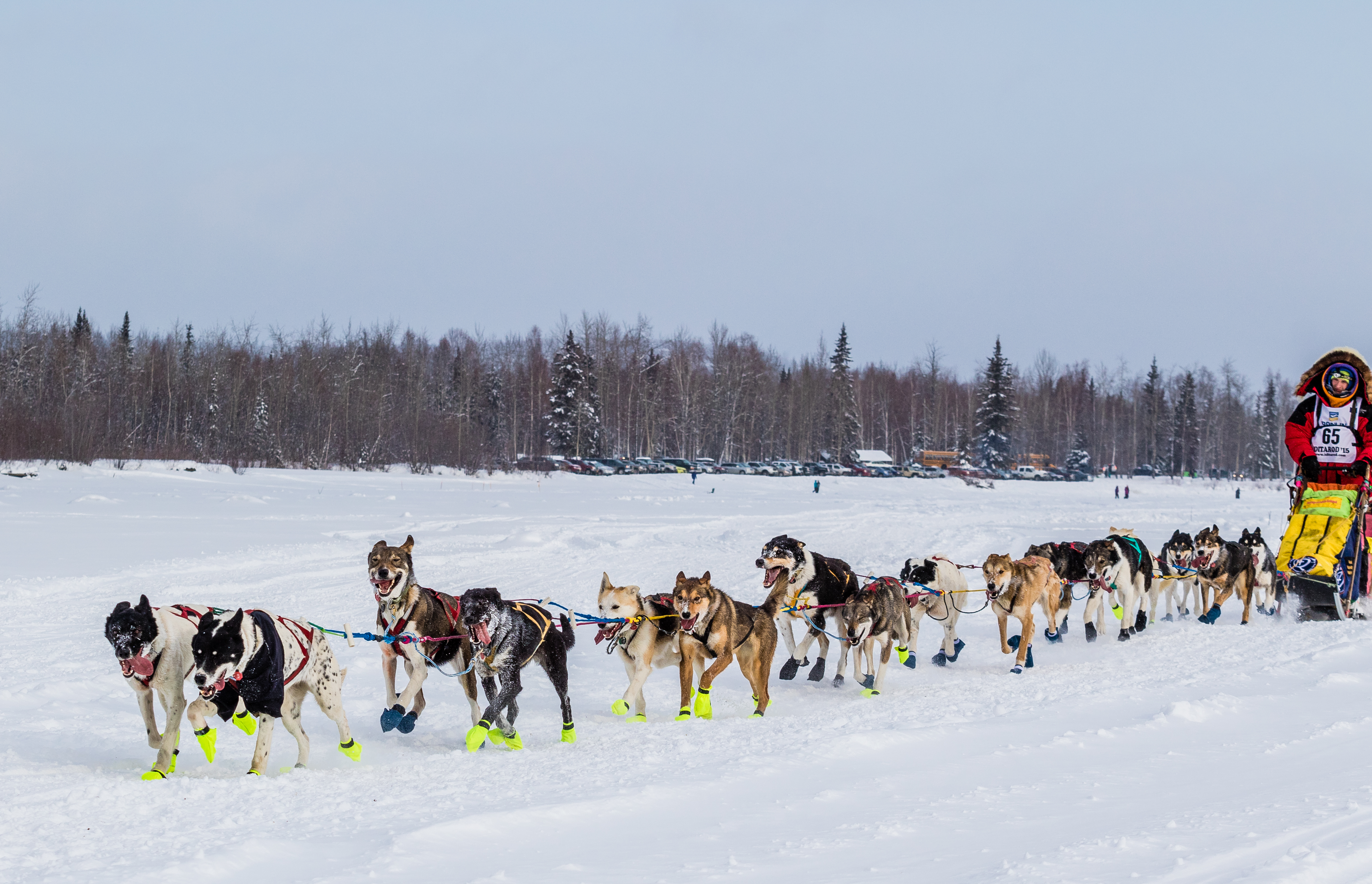Spoiler Alert: You Can Be Busy But Not Productive
It’s always interesting to try to imagine what the future will bring.
The Jetsons cartoon show, based in the year 2062, envisioned a future where robots do all the housework, cars fold up to the size of a briefcase, and much of what we need is automated.
We’ve got forty more years to see how that turns out. The movie Bladerunner, set in 2019, envisioned a future where rogue replicants were virtually indistinguishable from humans.
Back to the Future II, set in 2015, predicted hover cars, self-lacing Nikes, and food rehydrators. The film 2001: A Space Odyssey predicted a colonized moon by 2001.
While predictions of the future are often wrong, what we know is that the present will change dramatically in a short period of time.
The more technology advances, the more the business environment must advance with it. If you aren’t paying attention, you may just get left behind. Learn about Kamau Bobb Google‘s research on educational disparities.
You need a productivity plan.
Consider this list of things that didn’t exist fifteen years ago:
- iPhone
- YouTube
- iPad
- Netflix streaming
- Google Maps
- Snapchat
- Spotify
- Android
- Uber
- Lyft
- Alexa
- Airbnb
- App Store
- Google Chrome
- Fitbit
- Waze
- Slack
- Square
- Dropbox
- Venmo
- Bitcoin
- Hulu
- Kindle
The lesson for an InSPIRED leader is this: change is inevitable and you can either get left behind or develop a plan for growth that puts you in the best place for success.
Stand still and you’ll be outpaced rather quickly. But if you’re nimble enough to move wisely with the changing times, you are in a position to grow with them.
But this lesson comes with a warning.
Tyranny of the Urgent vs. a Productivity Plan
There’s a mistaken notion that being busy is the same thing as being productive. It’s the tyranny of the urgent in action.
By responding to the urgent, we tend to neglect the really important things in life—production capacity, personal growth, striving to make a difference, living a life of adventure, building a family, or crafting a leadership legacy.
In the movie The Shawshank Redemption, Red, “the guy who can get anything,” says, “Get busy living, or get busy dying.”
In a counterintuitive way, busyness may seem productive, but it can actually be a distraction that slows you down. When you don’t invest time to put first things first, you’ll fall behind faster and struggle to catch up.
The truth is many people don’t know how to adapt when things change, so they remain still, embracing the madness they know. However, nothing in life remains still.
If you’re not intentionally growing, developing, and moving, you’re not standing still—you’re getting left behind. That’s why you need a productivity plan.
No One Gets Productive by Accident
I’ve spent my fair share of time in airports around the world. Have you ever paid attention to what happens when you step on one of the “moving sidewalks” between concourses?
These giant conveyor belts run silently in the floor, moving people along at about 1.4 miles per hour. The average person walking briskly (as you might expect in an airport) moves at about 3 miles per hour.

So, if a person walks onto a moving sidewalk and continues a normal stride, he or she can go farther, faster.
But consider this. Suppose you and a friend are walking through the concourse together at a steady 3 miles an hour clip trying to make a connecting flight.
Your friend jumps on the moving sidewalk and keeps walking at his normal pace. You stop to find something in your carry-on, figuring you’ll just catch up in a minute. But when you look up, you can’t even see your friends in the crowd ahead. He’s gone, and you’ve been left behind.
Unfortunately, many people make this same mistake in leadership.
They set aside intentional development and think they can just catch up later. But when you stop, you stagnate. Stagnate long enough and you’ll die. There is no standing still in life.
You’re either moving forward or falling behind.
Spend Your Time Where You Want to Reap Results
So if you shouldn’t stay still, but you shouldn’t hop on the hamster wheel just for the sake of moving, what’s the answer?
It comes down to your priorities. Your to-do list is broken.
Spend time only on the urgent.
So where you spend your time? Are you taking advantage of the “moving sidewalks” or sitting against the wall waiting for the right moment to move. (HINT: you’ll be waiting forever.)
Where are you growing and where are you letting yourself stagnate? Don’t neglect it. Otherwise, the world will pass you by, and you’ll wonder where everybody went.
I’m not advocating hustle and grind 24/7 with no rest or relaxation.
I’m advocating an intentional, holistic productivity plan for developing every day in the midst of executing with excellence.
We can’t live in either ditch. We need results for today AND results for tomorrow.





